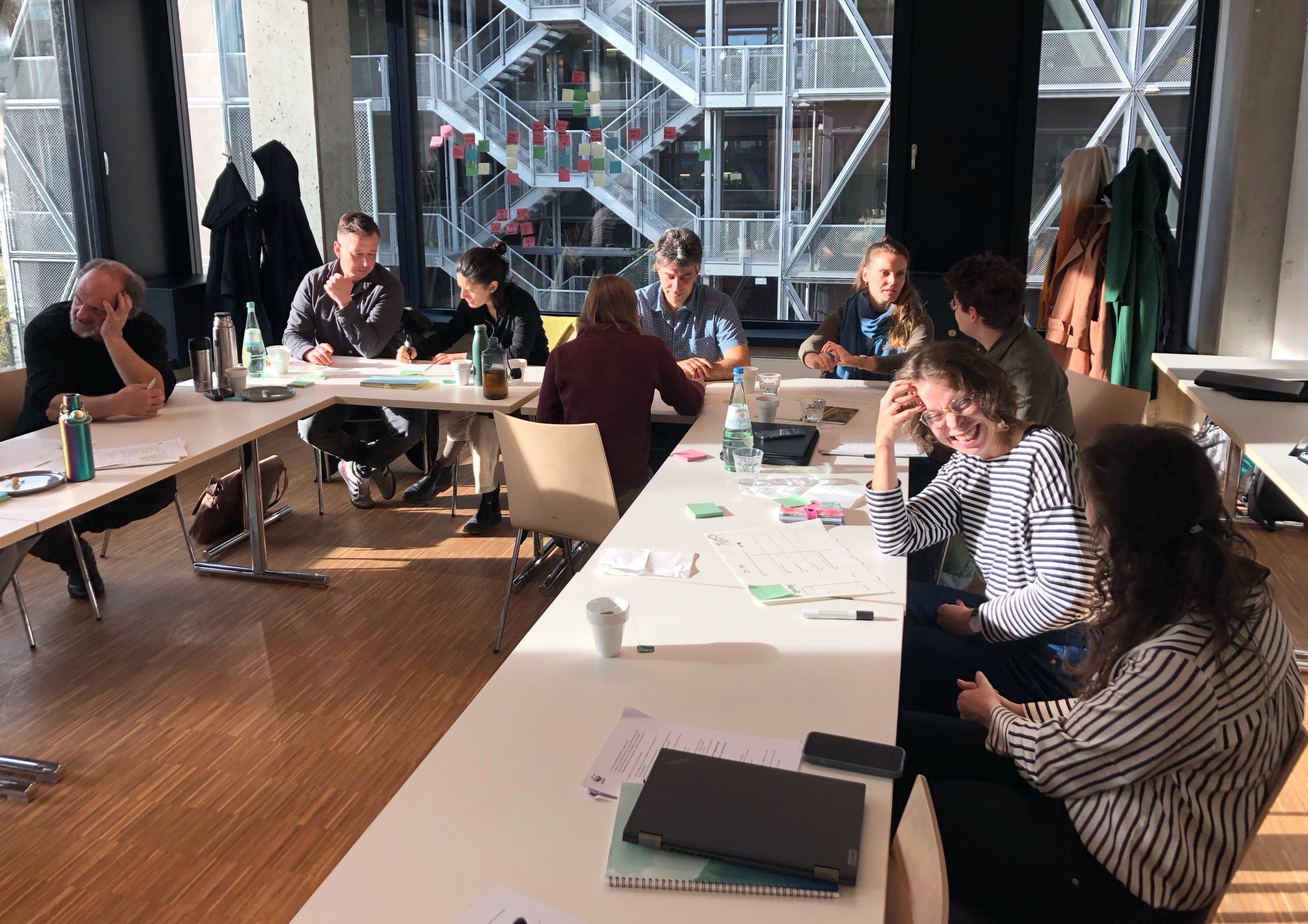KOMBI: Working together for more biodiversity in agriculture
KOMBI is an ambitious five-year initiative that’s trying to change how biodiversity is supported in European agriculture – by making it easier, fairer, and more collaborative for farmers. The current subsidy system (CAP – Common Agricultural Policy) mostly rewards farm size, not sustainability. So while a few motivated farmers are voluntarily implementing biodiversity measures, they often get little or no support.
KOMBI flips that on its head: it brings together farmers in small groups – KOMBIs – who can jointly apply for funding and share the risks, efforts, and rewards of protecting nature on their land. It’s being piloted in four model regions, with (as of April 2025) nine KOMBIs currently involved.
Project Overview
Client: WWF
(In collaboration with DLG, DVL, Justus-Liebig-Universität Giessen, zalf., Christian-Albrechts-Universität zu Kiel, LPV, Landschaftsvereinigung Lahn-Dill e.V., Landschaftspflegeverband Sächschiche Schweiz, Landschaftserhaltungsverband Breisgau-Hochschwarzwald)
On behalf of: NEW STANDARD.S
My role: Project Lead
Timeline: November 2023 – March 2024
(The original deadline was in February 2024)
My Role
I led the project through the crucial early phase – from positioning and naming to team alignment and stakeholder management. Specifically, I was responsible for:
Developing the slogan, the different project terms and core messaging
Building a clear, recognizable brand that all ten partner organizations could rally behind (together with the designer Julien David Hoffmann)
Facilitating strategy and communications between very different partners – from grassroots farmers to national policymakers
Coordinating design and rollout in collaboration with our designer, Julien David Hoffmann
What we created
With ten founding organisations involved that all had their own brand identity, we formed a brand that all partners embraced and championed. We wanted the brand to feel open and straightforward. The underlining message was togetherness and simplicity. It needed to speak to farmers who are stretched thin and don’t have time for bureaucracy, as well as to EU policymakers, NGOs, and scientific partners.
KOMBI had to be more than just another nature conservation project. We made it a platform – for trust, cooperation, and real systemic change. The result: a shared identity that feels practical, optimistic, and bold.
We worked with all ten organizations to define responsibilities, shared terms, and communications tools – and despite a very crowded room, we landed on decisions quickly and together. That’s something I’m especially proud of.
The intended impact
This was never just about a logo or slogan. The KOMBI identity’s goal is to:
Position the project as something new and relevant in a saturated policy space, especially on a shelf of blue and white brochures
Spark conversations among farmers who’ve never taken part in biodiversity programs before
Gain traction in national and EU-level discussions about reforming the CAP
Give a face and name to the invisible work many farmers are already doing for nature
What I learned
Designing a collaborative project for ten organizations from NGO, interest lobbies, and academia that act across four regions, with several deeply different audiences such as farmers and policymakers isn’t easy. I’m especially proud of having everyone agree on a visual language that catches the eye immediately when presented amongst brochures of a similar kind.
While in marketing and especially PR it’s all about presenting numbers and successes straightaway, once academia is involved, that approach is undesirable. Researchers need to prove and double-check all they want to communicate. Defining what sort of messages to advocate for, when, and to whom was a whole new experience when drafting a communication plan for the upcoming five years.
With so many different stakeholders, we needed to refine the language and core messaging repeatedly to not only get it technically right but also accessible to audiences that don’t possess administrative language. Given the initial timeline was extremely ambitious and we didn’t meet the original deadline, all parties were satisfied with the final results.
What’s Next
The project is funded for five years, and it’s still early days. But there’s a real sense that this could be a blueprint for how we rethink agriculture at scale – not just in Germany, but across the EU.


